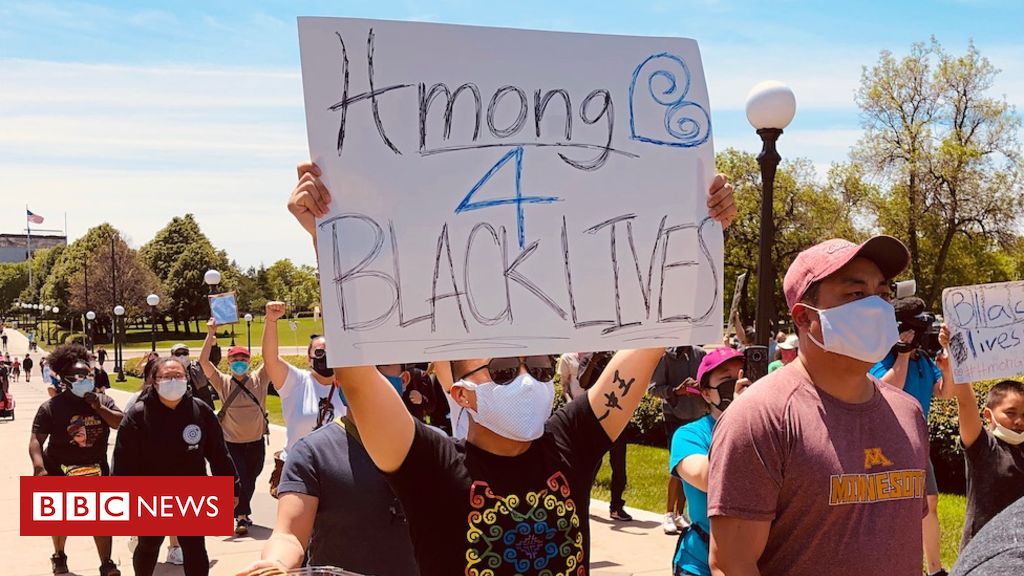
Youa Vang Lee was at her home in Minneapolis when her son showed her the video of George Floyd dying under a police officer’s knee. Lee, a 59-year-old Laotian immigrant who assembles medical supplies at a factory, heard Floyd cry out for his mother. It triggered a deep and familiar pain.
“Fong was probably feeling the same way, too,” she said in Hmong, her eyes filling with tears. “He was probably asking for me, too.”
In 2006, Lee’s 19-year-old son Fong – who was born in a refugee camp in Thailand – was shot eight times by Minneapolis police officer Jason Andersen. The officer remains on the force to this day, a fact that the Lees were not aware of until told by the BBC. The officer was terminated twice, but has apparently since been rehired.
Although security footage showed Lee was running away at the time, Andersen claimed the teenager had a gun. A grand jury declined to indict him and the police department ruled the shooting justified. The family sued in civil court claiming excessive force and brought evidence the gun found beside Fong’s body was planted. An all-white jury found against them.
Image copyright
Youa Vang Lee
Fong Lee
Youa hadn’t spoken publicly about her son in over a decade, not since the family came to the end of their legal road with nothing to show for it. But after Lee saw Floyd’s death, she began asking if anyone knew of marches she could attend.
“I have to be there,” she said.
Although no one directly discouraged her, some members of her community questioned the decision. The Twin Cities, as Minneapolis and St Paul are known, are home to the largest urban population of Hmong in the US, many of whom came to the area as refugees in the 1980s and 90s.
The Hmong are an ethnic group from South-East Asia, with their own language, mainly drawn from southern China, Vietnam and Laos.
Within that community, there has been heated debate about how to respond to the Black Lives Matter and Justice for George Floyd movements, which are demanding systemic change to policing.
A show of support for Black Lives Matter
For Youa Lee, however, there was no debate. She wanted to get involved for one reason – when Fong died in 2006, the first people to show up in support of her family came from the black activist community.
“They were the loudest voices for us,” recalled Shoua Lee, Fong’s older sister. “Even before we asked for help from other communities, they had come to us and offered their help.”
Although four officers have been charged with the murder of George Floyd on 25 May, the viral video of the incident only captures two of them – former officer Derek Chauvin, who kneeled on Floyd’s neck for nearly nine minutes, and former officer Tou Thao, who kept the crowd back, rather than going to Floyd’s aid.
“Don’t do drugs, guys,” Thao said at one point to distressed onlookers.
Thao, an 11-year veteran of the department, has been charged with aiding and abetting second-degree murder. He is also Hmong.
As soon as Boonmee Yang, a fourth-grade public school teacher in St Paul, saw the video, he knew things were going to get complicated in the Hmong community.
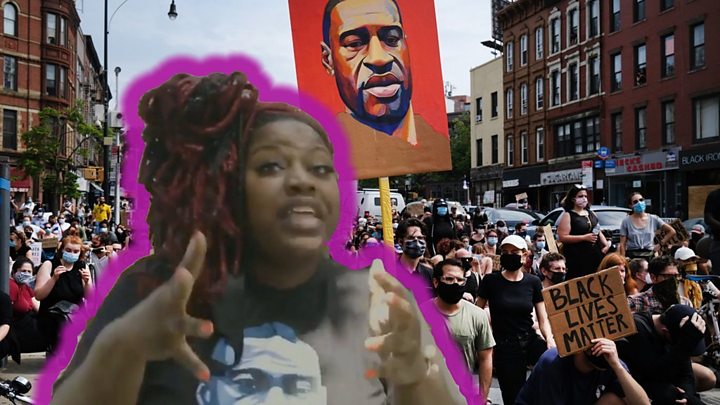
Media playback is unsupported on your device
“Oftentimes, it’s always been black victims at the hands of white officers. But now that someone else who looked like me was also involved in this, it made me really concerned,” he said.
As a Hmong activist, Yang said that it hasn’t always been easy to publicly express solidarity with the black community. He said some suffer what he calls “sheltered Asian syndrome”, meaning they rarely interact with others from outside the Hmong community, and that their knee jerk response was to defend Thao’s actions.
There is also a history of conflict between the two communities, particularly in the early days of resettlement, according to rapper, artist and activist Tou SaiKo Lee. Refugee families often wound up in the Frogtown neighbourhood of St Paul and in East St Paul, areas that have historically had large African American populations.
“There was conflict between youth. Fights between new immigrants, new refugees and those that are currently living in the neighborhood – I was a part of that,” he recalled. “There’s some that still hold that tension.”
Unlike the more broadly defined “Asian American” demographic, the Hmong community has a much shorter history in the US. Almost half of the Laotian Hmong fled their country in 1975, after the fall of Saigon in the Vietnam War. For 15 years, the CIA recruited thousands of Hmong soldiers to fight a so-called “secret war” against the North Vietnamese, but after the US pulled out without providing an evacuation plan for their allies, those who cooperated with the Americans, or were perceived to have, fled. Some were killed by the communists, thousands wound up in Thai refugee camps.
Tens of thousands were resettled in Minnesota, an overwhelmingly white state with few resources for the new immigrant population. Without the ability to speak the language, many could not find work. Today, the Hmong population in the US actually has much in common with the African-American population in terms of socioeconomic and other quality of life factors.
According to figures from the Southeast Asia Resource Action Center, one in four Hmong Americans lives below the poverty line. While 50% of the broader category “Asian Americans” have graduated university, only 17% of Hmong Americans have a college degree. And while 72% of white families own a home, less than half of Hmong Americans and African Americans do.
Image copyright
Getty Images
Families like this one at a refugee camp in Thailand were resettled to the US in 2004
The Hmong community has also long struggled with interactions with police. Initially, there was no Hmong representation among its ranks. Officers struggled to understand and to serve the new population. In an infamous 1989 case, a police officer shot two sixth-grade Hmong boys in the back as they ran away from a stolen car. The officer was never charged.
Tou SaiKo said he was often racially profiled by Minneapolis police as a teenager, at one point spending two nights in jail after an officer found a fishing knife in his trunk. He said he was never charged, but he remembered getting pulled over many times and asked “What gang do you affiliate with?”
“I’d say, ‘I’m a college student,'” he recalled.
Still, those common struggles between the black and Hmong communities did not prevent old tensions from leaping to the fore in the aftermath of Floyd’s death, particularly as looting and property damage hit Asian-owned businesses in the Midway neighbourhood of St Paul.
“Tou Thao” is a very common Hmong name, and many who share it with the indicted officer faced online threats and harassment.
And as young Hmong activists – in particular women and members of the LGBTQ community – attempted to express support of Black Lives Matter, they faced condemnation and vitriol from within their own community, even threats.
Annie Moua, a recent high school graduate, saw plenty of comments online within her Asian American political groups that she calls “anti-black”, saying things like “all lives matter” and asking, “They never helped us during our protest – why do we need to help them?”
“During that week I lost a lot of friends,” she said.
It was during the worst of that online fighting that Yang got a Facebook invite from a friend to join a group called “Hmong 4 Black Lives.” There were only three members at the time. “I was on it,” he said.
He saw that a large Black Lives Matter demonstration was planned at the Minnesota State Capitol the next day, and created an event page for the nascent group. By morning, there were 300 members of Hmong 4 Black Lives (as of this writing there are now over 2,000).
By afternoon the next day, a group of about 100 Hmong activists had gathered at the capitol, carrying signs that read, “I’m a Thao and I stand with Black Lives Matter” and “I am Hmong and for BLM – period”.
For 18-year-old Moua, it was her very first protest, and after the amount of turmoil she’d witnessed online, she was scared. “I was very, very nervous,” she said. “I did not know what was going to go down.”
Among the marchers was a small, elegant woman in a face mask and a baseball cap – Fong Lee’s mother, Youa.
After fleeing their farm in Laos, and four years of waiting in a refugee camp in Thailand, Youa and her husband dreamed of giving their children a brighter future in the US.
America was supposed to be a refuge. She never dreamed her middle son would wind up dead at the hands of a police officer.
“I feel like it was a mistake to bring my children here,” she said in Hmong, translated by her daughter Shoua. “Now my son is gone.”
Image copyright
Youa Vang Lee
Youa Vang Lee with daughter Shoua
Fong Lee was 19 years old when he went for a bike ride on 22 July, 2006. He was with a group of his friends in the parking lot of Cityview Elementary, a school in North Minneapolis, when officer Jason Andersen and a state trooper pulled up in a squad car.
The boys took off running, with Andersen following Fong. A security camera from the school captured the final moments of the chase – Fong runs from the parking lot around the corner of the school, and Andersen is seen close behind with his gun pointed at Fong. Though blurry, the security footage does not clearly show a gun in Fong’s hands, a fact that Andersen acknowledged at trial.
In the final frame, Fong is seen lying on his back, bloodied and unmoving. He was hit four times in the back.
Almost as soon as the news broke, Al Flowers, a longtime Minneapolis activist who has sued the police department multiple times over charges of brutality, started showing up to protests – at the school, at the courthouse. The Lees always saw him and another activist, the late Darryl Robinson of Communities United Against Police Brutality. They didn’t ask to show up, Shoua Lee said, they just showed up.
For his part, Flowers said that after years of fighting for justice in the killings of black men and women, he believed that because Fong was Asian, there was a greater possibility that the officer would be convicted.
“We felt like he was treated like we was always treated,” Flowers recalled. “[We thought] he’s going to get justice. And then he didn’t. So we were shocked.”
Mike Padden, the Lee’s family attorney in the civil case, said losing the case even with surveillance camera footage and the strange history of the gun recovered at the scene has always troubled him.
“In 2009, the environment for suing cops was way different than it is now,” he said. “It bothers me. It was probably the most disappointing case in my career.”
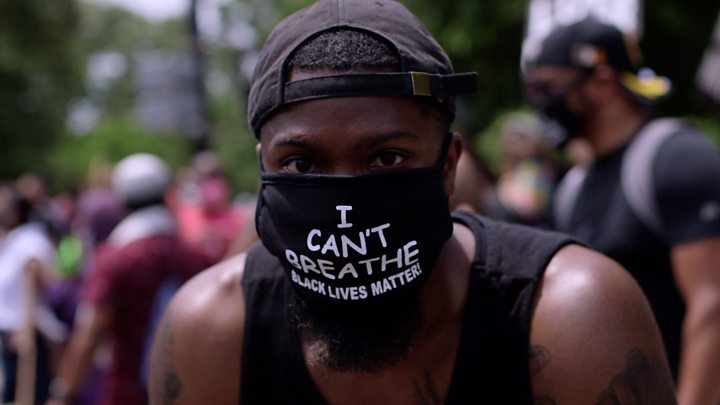
Media playback is unsupported on your device
An old, Russian-made Baikal .380-caliber semi-automatic handgun was found about three feet from Fong’s left hand, free of fingerprints or blood.
In 2004, a man reported his gun stolen in a burglary. He was later told by Minneapolis police that his gun had been recovered in a snowbank and it would be in police custody until an investigation had concluded. The gun matched the serial number on the Baikal .380 caliber found by Fong Lee’s body.
When that was pointed out at trial by Padden, the police provided an explanation — the gun found in the snowbank was not the Baikal .380. There had been a mix-up with the identification and the paperwork, and the Baikal had never been in their custody.
The Minneapolis Police Department did not respond to questions from the BBC about the case.
Andersen was back on the street two days after Fong’s death. The Minneapolis police chief later awarded him the department’s “medal of valour” for his actions that day.
The Minneapolis Police Department tried to fire Andersen twice after that – once after he was arrested for domestic violence, and once after he was indicted by federal investigators for kicking a teenager in the head during an arrest. The domestic violence case was dropped due to lack of evidence, and a jury acquitted Andersen in the assault on the teenager, despite the fact that other officers had reported his actions that day as excessive. Minneapolis’ powerful police union helped get Andersen rehired.
The union is often cited as the reason why it is so difficult to fire officers with problematic records. In the aftermath of George Floyd’s killing, the city of Minneapolis is trying to take on the union by withdrawing from negotiations.
Andersen is still an employee of the Minneapolis Police Department, and serves as the chaplain coordinator. Social media posts show him handing out donations, like car seats, bed sets and kitchen supplies to needy families in Minneapolis.
In a brief phone call with the BBC, Andersen confirmed that he is the same officer from the Lee shooting and referred all questions to the department’s media spokesperson.
“It’s something that’s been put in the past and I know that was very, very hard for them because they lost their son,” he said of the Lees. “I care for the family a lot and they went through something traumatic.
“Both of us had to live through this so when this gets dug back up, it’s probably – it’s something they never want to hear about again.”
It was Tou SaiKo Lee who asked Youa if she’d like to come to the state capitol, march with Hmong 4 Black Lives and speak about her son. It’d been almost 10 years, and Tou was also worried that bringing the case back up might be too traumatic.
But her answer was instantly, yes.
That day, as they walked towards the capitol steps to join the larger Black Lives Matter group, Youa was in front, walking silently as the younger Hmong participants chanted around her.
Youa Vang Lee at protest
At some point, someone handed her the microphone. Even though she couldn’t do it in English, she spoke passionately about supporting George Floyd’s family and the movement that was born in his name. She promised to do anything she could for the Floyd family.
“We have to join hands with them,” she told the crowd. “We come here to beg for justice and righteousness.”
She wept openly, bringing many gathered around to tears as well, even those who could not understand her.
“Without Fong Lee’s family it would just be Hmong people bickering back and forth,” said Tou SaiKo. “Many people see their own mother in Fong Lee’s mother, many Hmong people, and so to see her in that emotional state, with those empowering words calling for solidarity, I thought that was a breath of fresh air.”
Tou SaiK
When told that Fong’s mother had joined the George Floyd protests, Flowers was pleased.
“I’m proud that she’s out there supporting,” he said. “My memory is watching her have to go through that and not understanding the law, not understanding what was really happening in the United States – that this could happen.
“We as African Americans, we knew what was the possibility and we knew that could happen. That was sad because we lost another case. That was another case we lost.”
And although not everyone in the crowd for the first ever Hmong 4 Black Lives march could understand her, according to Annie Moua, the person who took the microphone immediately after Youa summed it up perfectly.
“You don’t need to understand [Hmong] to know what this pain feels like.”

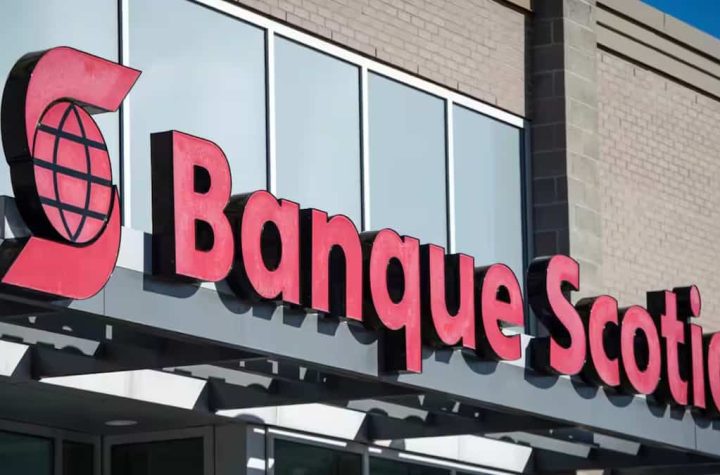
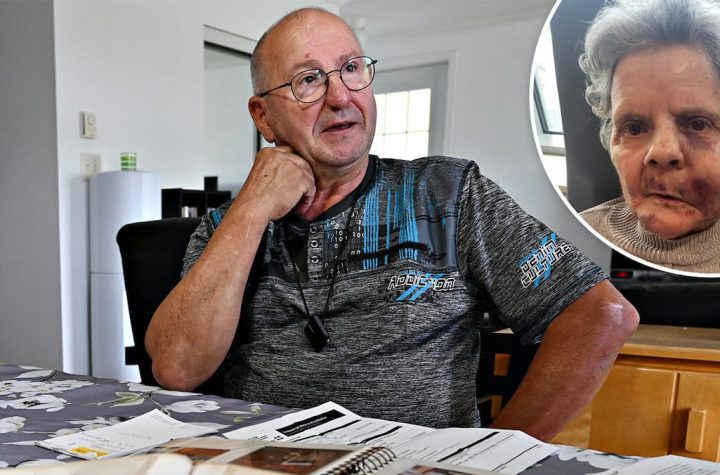
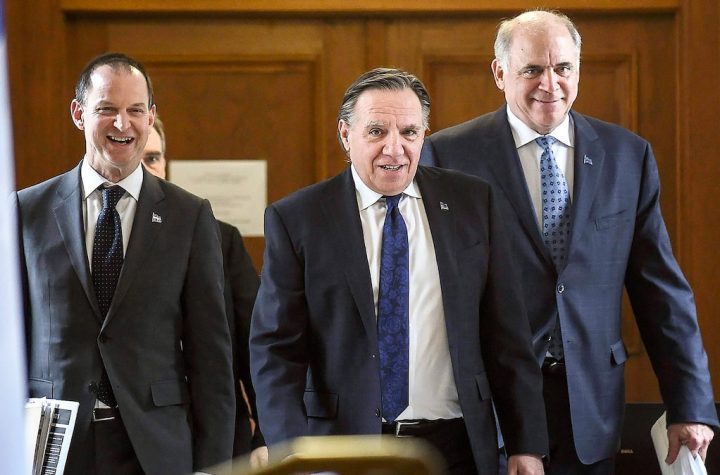
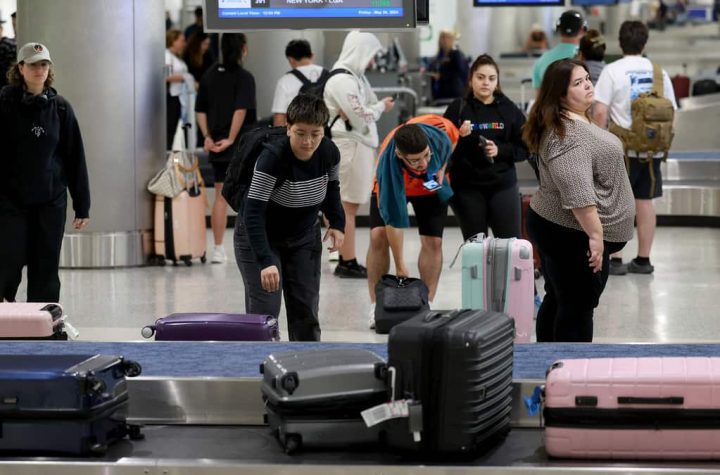
More Stories
Buy Instagram Followers and Likes: A Detailed Review of InsFollowPro.com
Things to Consider When Going with Sliding Patio for Backyard
Where to Start Automation. Monitor Stands